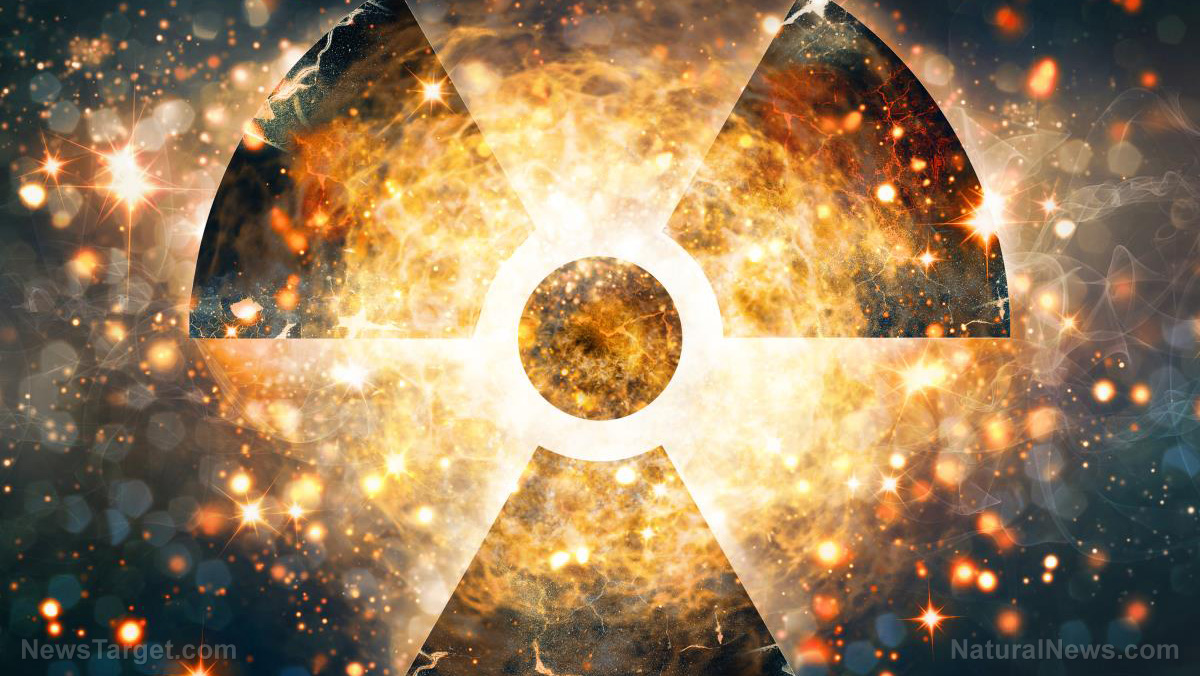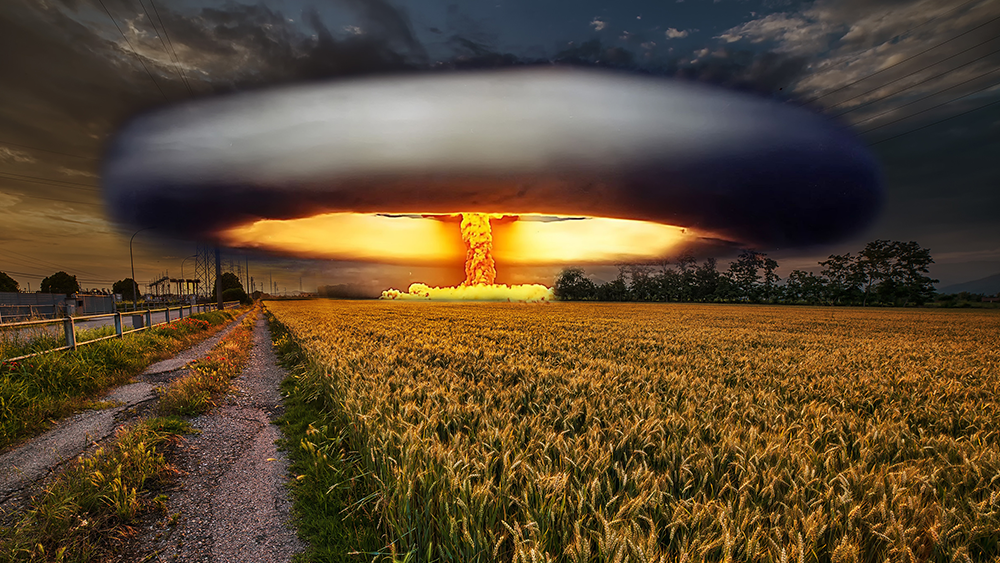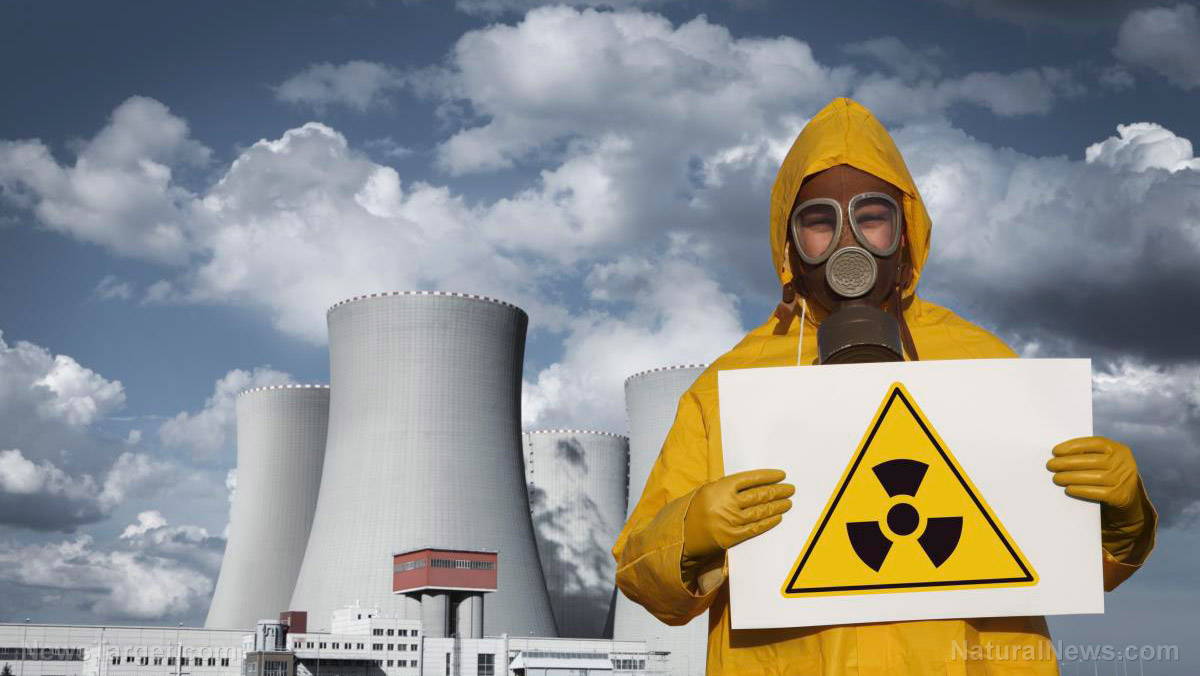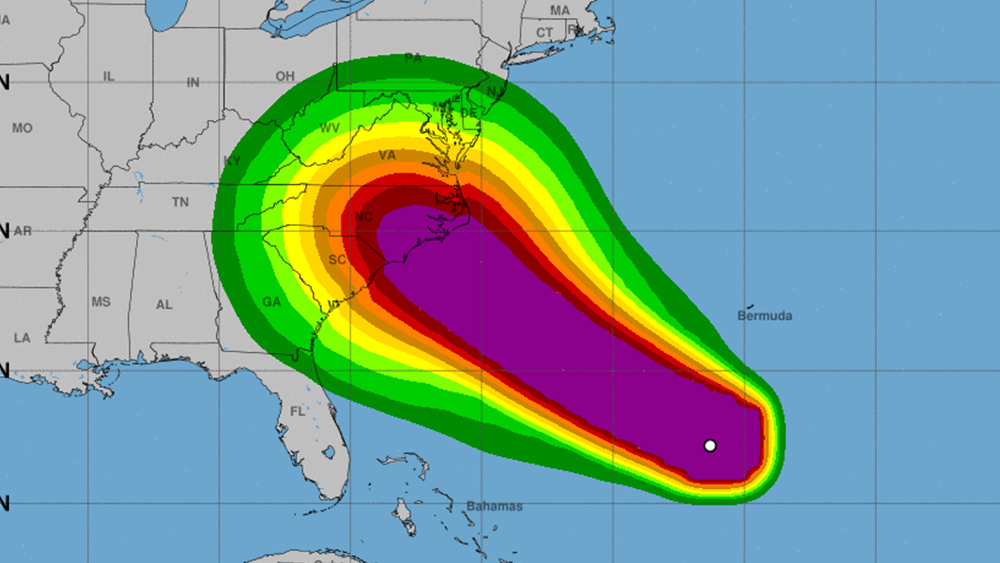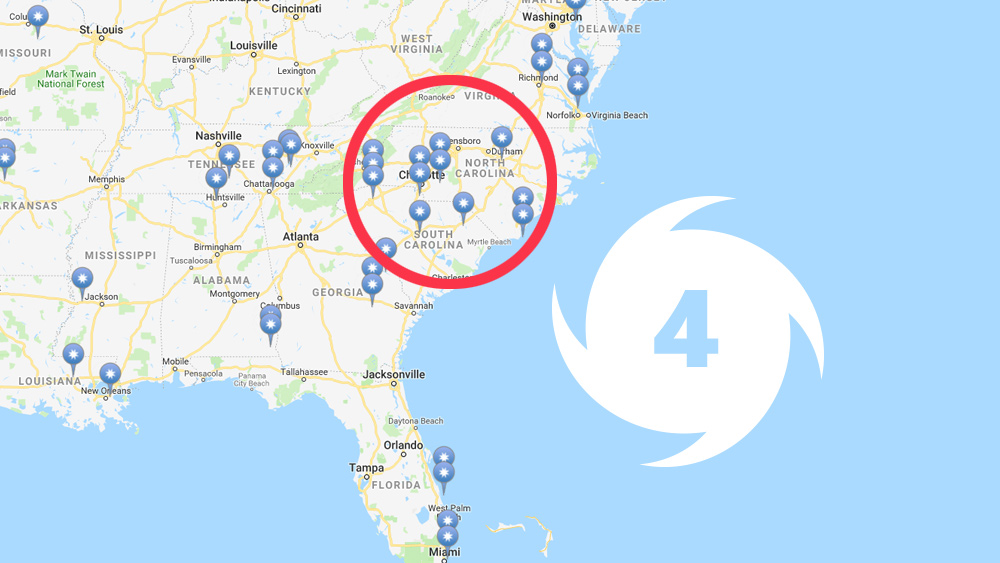Sunk Russian sub is leaking 100,000 times more radiation than previously thought, experts discover
07/18/2019 / By Ethan Huff
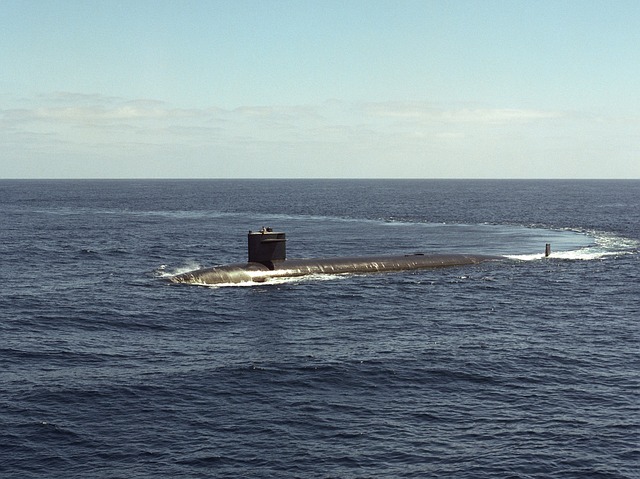
The nuclear fallout from a Russian submarine that was sunk off the coast of Norway roughly three decades ago has spiked dramatically over the past several years, and experts are scratching their heads trying to figure out why.
According to reports, the Soviet-era vessel, which currently sits at the bottom of the Barents Sea, is now emitting radiation at levels 100,000 times higher than normal, and substantially higher than what was detected 12 years ago when earlier readings were taken.
The Kosomolets, as the sub is called, was sunk back in 1989, which resulted in the deaths of 42 of the vessel’s 69 crew members. It now rests almost a mile deep, where it’s been degrading and presumably becoming increasingly less radioactive.
But for whatever reason, the sub is becoming more radioactive, with strange emissions occurring from one of the vessel’s ventilation holes, which experts say is kicking up “mysterious” dust clouds.
“We have observed a kind of cloud forming out of this hole once in a while,” researchers who’ve observed the emissions in person have revealed.
“In connection with the test in which we measured pollution, a cloud came out of the hole,” they’re further quoted as saying. “This may indicate that the pollution comes out in pulses.”
Based on expert observations, it would seem as though the ventilation hole from which these emissions are randomly bellowing is directly connected to the nuclear reactor core inside the wreckage, which is something that those involved with its monitoring plan to keep a close eye on moving forward.
“The results are preliminary,” says Hilde Elsie Heldal from Norway’s Institute of Marine Research. “We will examine the samples thoroughly when we get home.”
To read more stories about strange, deep-sea anomalies like this, be sure to check out WeirdScienceNews.com.
If our oceans die, then so do we
Interestingly enough, there’s another sunken submarine in the Gulf of Mexico that’s exhibiting similar anomalous behavior with regard to its pattern of decay in the aftermath of the infamous 2010 Deepwater Horizon oil disaster.
As we recently reported, the German U-boat which was sunk back in 1942 during World War II, but has suddenly begun decaying much faster than normal due to the presence of a flesh-eating bacteria “soup” known as “Corexit” that British Petroleum (BP) dumped all over the Gulf following the explosion of its oil rig.
Experts monitoring this phenomenon say that Corexit has caused the vessel’s corrosion rate to increase substantially in recent years, as it’s now decaying some five times faster than it had been prior to the disaster.
Though the two incidents are completely unrelated, their similarities are noteworthy in that they both suggest that something very strange is happening in the world’s oceans that could be altering the decomposition patterns of sunken sea vessels – as well as everything else that exists beneath the depths.
Pile on top of all this the Fukushima Daiichi nuclear disaster in Japan, and it becomes painfully clear that the world’s oceans are in deep, deep trouble.
“When it comes to radioactive contaminations, the Barents Sea is one of the cleanest oceans on the northern hemisphere,” points out one Zero Hedge commenter, revealing why the sunken Russian sub situation is perhaps most disturbing.
“The measurements of radioactivity in fish (cod) from the Barents Sea, shows levels of about 1 Bq/kg (becquerels per kilogram) for Cs-137 (cesium-137) and Sr-90 (strontium-90). This is low compared to other oceans and seas, like in the Baltic Sea and the Irish Sea levels on about 20 Bq/kg fish are typical levels. During the heaviest fallout from testing of nuclear weapons in the early 60’ies the levels of Cs-137 in fish from the Barents Sea reached 10 Bq/kg.”
Sources for this article include:
Tagged Under: dangerous tech, discovery, food supply, military tech, nuclear, ocean health, radiation, radioactive, russian submarine, sunk, toxic water, weird science
RECENT NEWS & ARTICLES
COPYRIGHT © 2017 NUCLEAR NEWS



